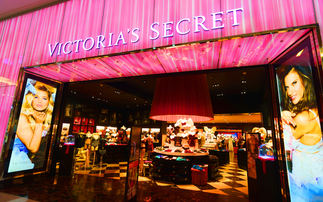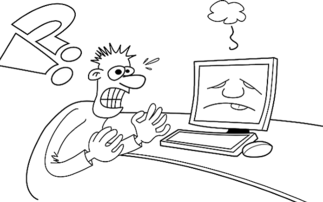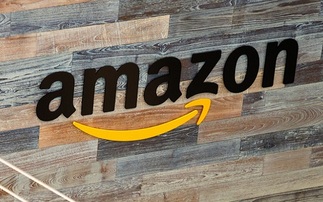Security experts warn of counterfeiting, phishing and FIFA's rules
Despite FIFA's tight grip on the distribution of World Cup tickets, some 8,000 have appeared listed for sale on unofficial sites and in online auctions. FIFA has made it quite clear that ticke...
To continue reading this article...
Join Computing
- Unlimited access to real-time news, analysis and opinion from the technology industry
- Receive important and breaking news in our daily newsletter
- Be the first to hear about our events and awards programmes
- Join live member only interviews with IT leaders at the ‘IT Lounge’; your chance to ask your burning tech questions and have them answered
- Access to the Computing Delta hub providing market intelligence and research
- Receive our members-only newsletter with exclusive opinion pieces from senior IT Leaders

















